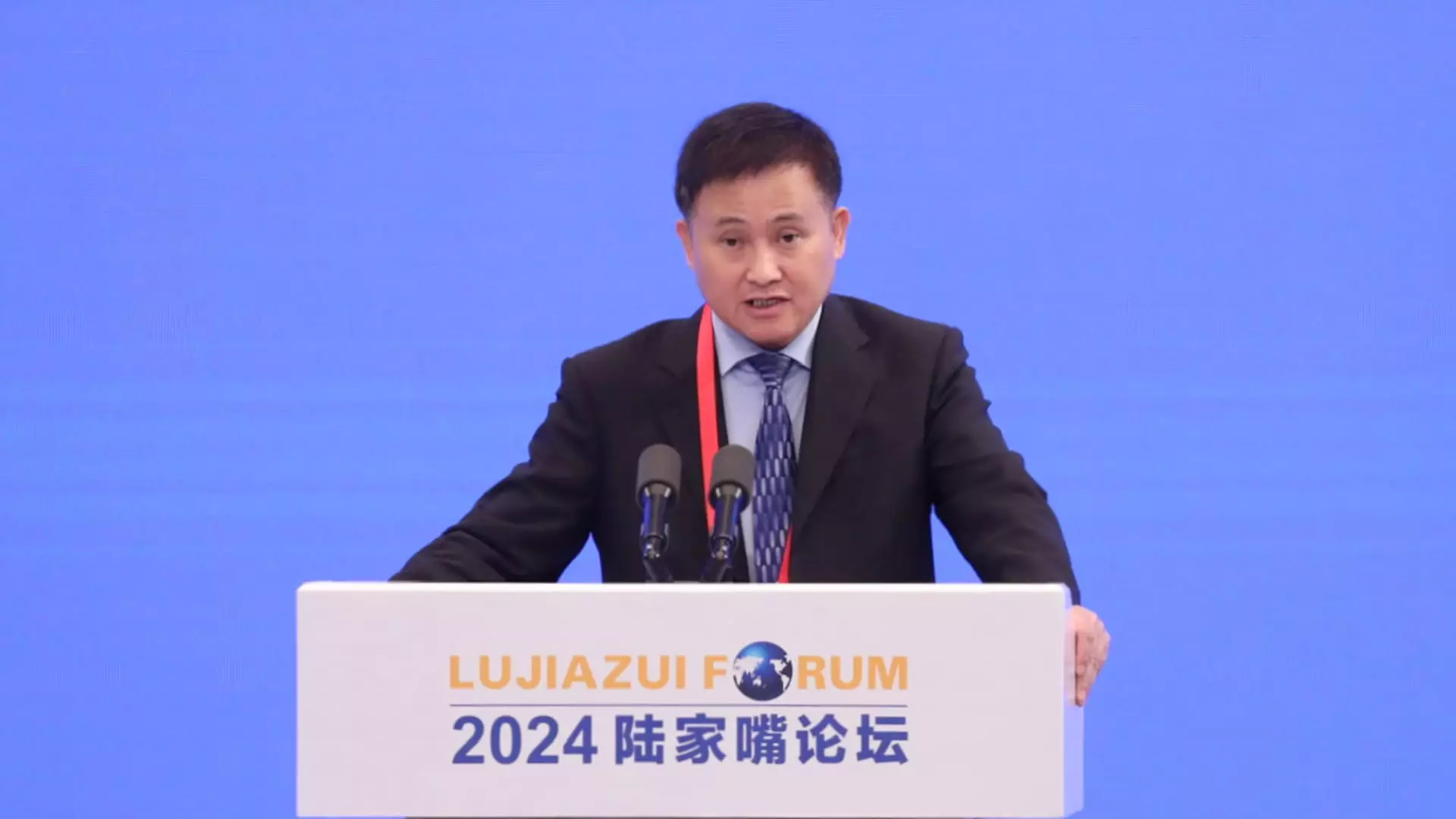China’s economic landscape has entered a pivotal juncture as the nation’s central bank, the People’s Bank of China (PBOC), has announced key changes intended to boost economic activity and counteract deflationary pressures. Recent actions to adjust the reserve requirement ratio (RRR) and the prevailing interest rates signal a responsive approach to evolving economic challenges. This article explores the implications of these adjustments, considers economic conditions prompting the changes, and evaluates potential future directions for policy.
On an important day for China’s financial markets, PBOC Governor Pan Gongsheng revealed during a press conference that the reserve requirement ratio will be reduced by 50 basis points. While the reduction aims to inject liquidity into the banking system, specifics regarding the timeline for implementation remain vague. Nevertheless, indications exist for a possible additional cut later in the year. The RRR is a crucial tool for regulating the volume of cash available for lending, and a lower ratio typically enhances banks’ ability to offer loans. This move aims not only to invigorate the economy but also to support businesses amidst a challenging landscape characterized by sluggish growth and declining consumer confidence.
Subsequently, it is significant to note that the reduction aligns with a backdrop of broader global monetary easing efforts. Following the U.S. Federal Reserve’s own recent decision to cut interest rates, China’s central bank finds itself in a favorable position to reciprocate and stimulate domestic economic activity. The timing reflects a strategic alignment with global trends, aimed at ensuring Taiwan’s economic resilience.
Aside from the alterations to the RRR, announcements concerning the 7-day repo rate are equally noteworthy. Governor Pan indicated a reduction of 0.2 percentage points to this rate, an important instrument for short-term financing. It is essential to recognize that shifting this rate impacts immediate borrowing costs for financial institutions, thereby influencing lending practices for consumers and businesses.
Though no changes were made to the loan prime rate, another essential metric that determines borrowing costs for companies and homeowners, Pan hinted at possible reductions in this indicator. This cautious approach reflects the dynamics of China’s unique central banking system, where multiple benchmarks intertwine, unlike the focus seen in U.S. monetary policy.
China’s economy is in a delicate position, grappling with a real estate downturn and tepid consumer sentiment. Gross Domestic Product (GDP) growth has decelerated, prompting economists to advise on the need for more robust stimulus measures, particularly through fiscal channels. The interplay between monetary policy and fiscal action will be critical to ensuring stability.
The central bank’s recent moves signify an effort to manage liquidity and support investment and consumption. By adjusting interest rates and reserve requirements, the PBOC aims to create a conducive environment for economic activity amidst external pressures, including trade tensions and global market uncertainties. This proactive stance indicates a recognition of the complex factors influencing China’s economic trajectory.
As market participants digest these developments, a broader question arises: will the PBOC’s efforts suffice to restore growth momentum? Discussions surrounding possible additional cuts to the RRR and loan prime rates will garner considerable attention in the upcoming months. These potential adjustments could reflect the central bank’s responsiveness to economic performance indicators and market feedback.
It is important to highlight that future policy decisions will be closely tied to domestic and international economic conditions. Should growth remain stagnant or decline further, further policy easing might be necessary to bolster economic activity. This responsiveness could shape the PBOC’s engagement with international economic trends while managing domestic demands effectively.
China’s monetary policy adjustments signify an intentional and adaptive approach in response to economic headwinds. By strategically modifying rates and reserve requirements, the PBOC aims to invigorate a struggling economy and support greater financial stability. Moving forward, continued attention to the balance of monetary and fiscal policy will be crucial in navigating the complexities of both domestic and global economic environments.

